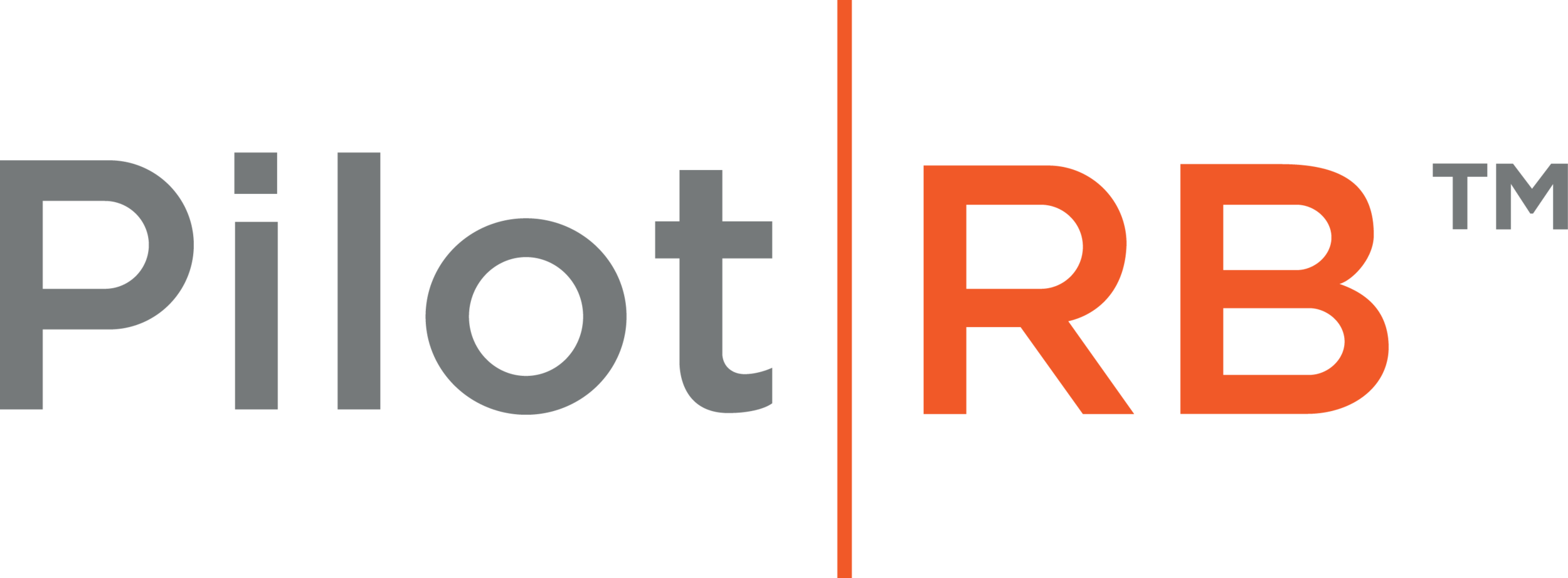Leave of Absence Tips and Trends
As 2023 winds down, employers are likely to receive a flurry of paid time off (PTO) requests flooding their HR departments. Companies are now facing more complex leave requests than ever before, and it can be a challenge for HR teams to keep up with the ever-changing landscape. Survey results show that flexible, generous PTO policies are very important to employees and those engaged in a job search, ranking up there with comprehensive medical plan offerings.
Federal, state, and local laws are expanding in favor of paid time off for employees, which means employers must ensure existing time off policies remain compliant with the evolving legislation. As more employees expect paid time off for family and medical reasons, this may mean providing additional paid leave beyond what is required by law to stay competitive in the job market.
In addition to education about leave laws, HR teams are also charged with the administration of medical and disability leaves, family and medical leaves, and military leave requests. With so many different types of leave requests, it can be challenging to manage them effectively and efficiently. HR teams need to make sure they have processes in place that can handle all types of requests, and they should communicate these processes to employees. One way to streamline this is by working with software that automates much of the process, freeing up time and resources. Many disability insurance vendors provide administration software, and stand alone vendors are emerging in the marketplace as well.
In addition to expanding paid leave, states are also increasingly focused on mental health. Employers should be mindful of employees’ mental health needs, work-life balance, and overall workload when designing leave of absence policies. Prioritizing employee wellness and providing resources to help employees balance their personal and work lives are important elements of the benefits offerings to consider.
As we look ahead to 2024 and beyond, there are several key trends that employers and HR professionals should be prepared for when it comes to leaves of absence. This includes providing more flexible work arrangements, an increased focus on mental health and wellness, and expanding paid family and medical leave policies. By staying ahead of these trends, employers can remain competitive in the job market and retain their talented workforce.
